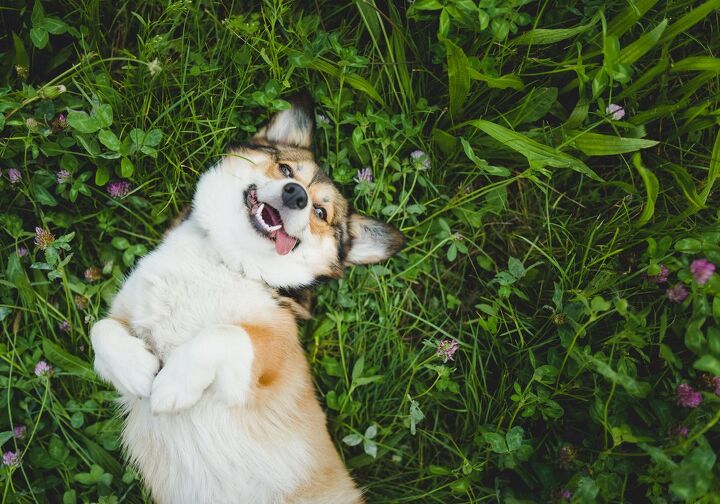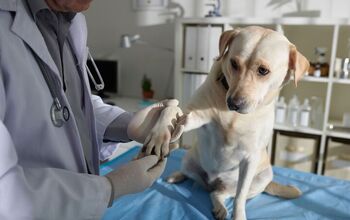What Shapes Your Dog’s Personality? Harvard Neuroscientists Reveal

No two dogs are the same – each pooch has a personality of their own, complete with unique quirks and traits. But why is your dog the way they are? What shapes their personality and character? Why do they behave in a unique way, even when they belong to a certain breed with a distinct set of traits?
This is the question that Erin Hecht, assistant professor of human evolutionary biology at Harvard, is trying to answer. She is doing this through The Canine Brains Project and recently held a talk - centered on canine neuroscience - that was organized by Harvard’s Brain Science Initiative.
According to Hecht, dogs have the potential to teach us so much about brain development, especially considering the fact that they were domesticated about 20,000 to 40,000 years before the present – which, on the evolutionary timeline, is quite recent.
“Darwin saw dogs as a window on mechanisms of evolution,” Hecht said. “When we’re looking at dogs, as a natural experiment and brain behavior evolution all we have to do is look at their brains and see what evolution did in order to satisfy those selection requirements.”
Hecht’s efforts were benefited by her lab, which performs MRI scans of dog brains – roughly 100 per year. They also conduct owner surveys that examine dogs’ work skills, especially those “ancient” ones, like hunting, guarding, herding, fetching, and so on. All this is then compared to breed parameters, like body size, skill size, and overall shape.
“About 80 percent of the dogs living on the planet today are what’s known as village dogs. These are free-ranging animals that live as human commensals. So they’re living within human society, but they’re not pets,” Hecht said.
Through such research, Hecht is hoping to determine what exactly shapes a dog’s personality. Through her lab work, she connects personality and skill differences in dogs to six special regions of their brains:
-the regions controlling drive and reward
-olfaction and taste
-spatial navigation
-social communication and coordination
-fight or flight
-and olfaction and vision
“There has been very strong recent specific selection in individual breeds rather than founding effects in ancestral founding populations,” Hecht said. “So then we can look at behavior and ask whether the types of behaviors that different lineages have been selected for historically … [explain] each dog’s anatomy and these six brain networks. And it seems like there are some interesting relationships here.”
But most importantly, it is concluded that these neural pathways are greatly impacted by the shape and size of a dog’s skull.
“It stands to reason that if you’re manipulating the shape of a skull, you’re going to be manipulating the shape of the brain,” Hecht said. “But this confirms that dogs with these extreme skull morphotypes have impacts on their brain anatomy that likely affects behavior.”
She also adds that even though some dogs have a brain “makeup” that suggests a unique disposition, it doesn’t “lock” them into a set behavior pattern. This is especially true for working skills.
“Training is almost always necessary. I have yet to hear of any particular breed of working dog, where it’s just born knowing how to do its job,” Hecht said.
So, a look “inside” your doggo’s brain might reveal why they are just the way they are. Would you be curious enough to let scientists take a peek?

A proud mama to seven dogs and ten cats, Angela spends her days writing for her fellow pet parents and pampering her furballs, all of whom are rescues. When she's not gushing over her adorable cats or playing with her dogs, she can be found curled up with a good fantasy book.
More by Angela Vuckovic























